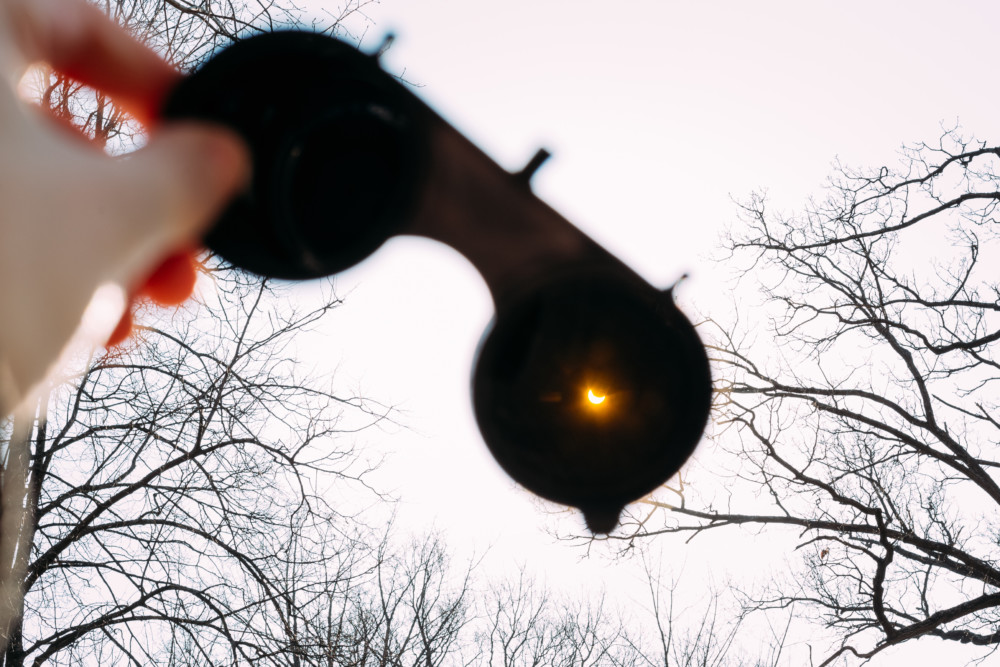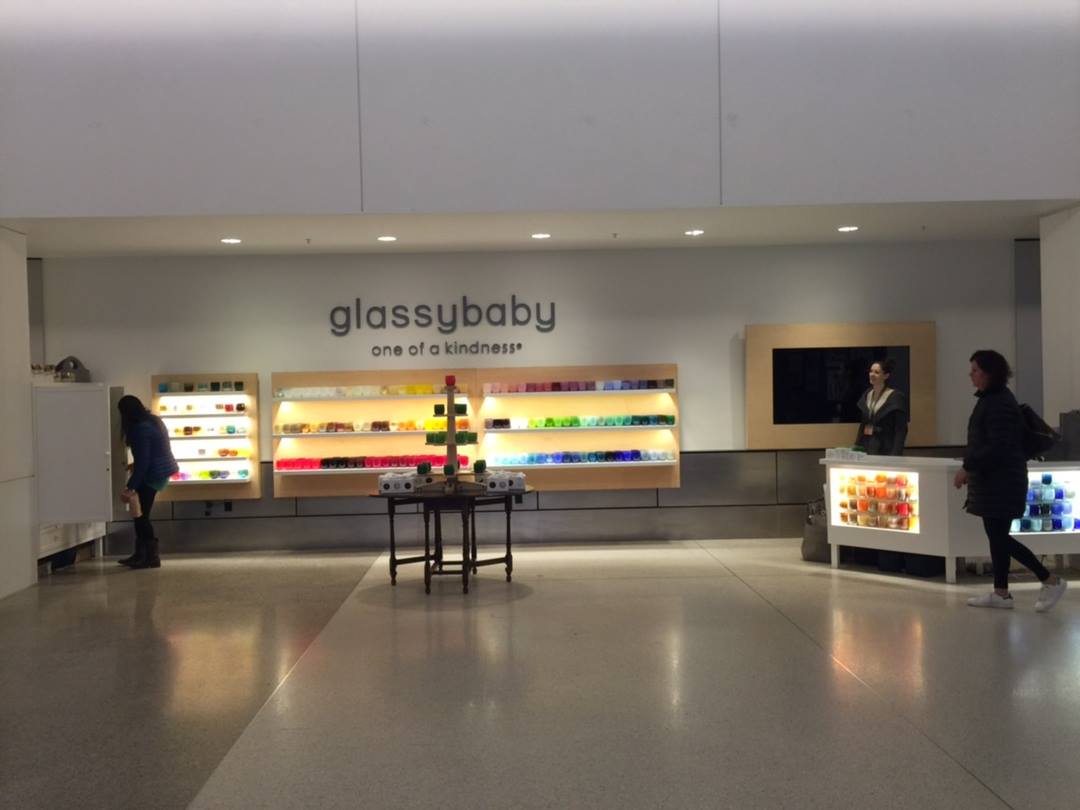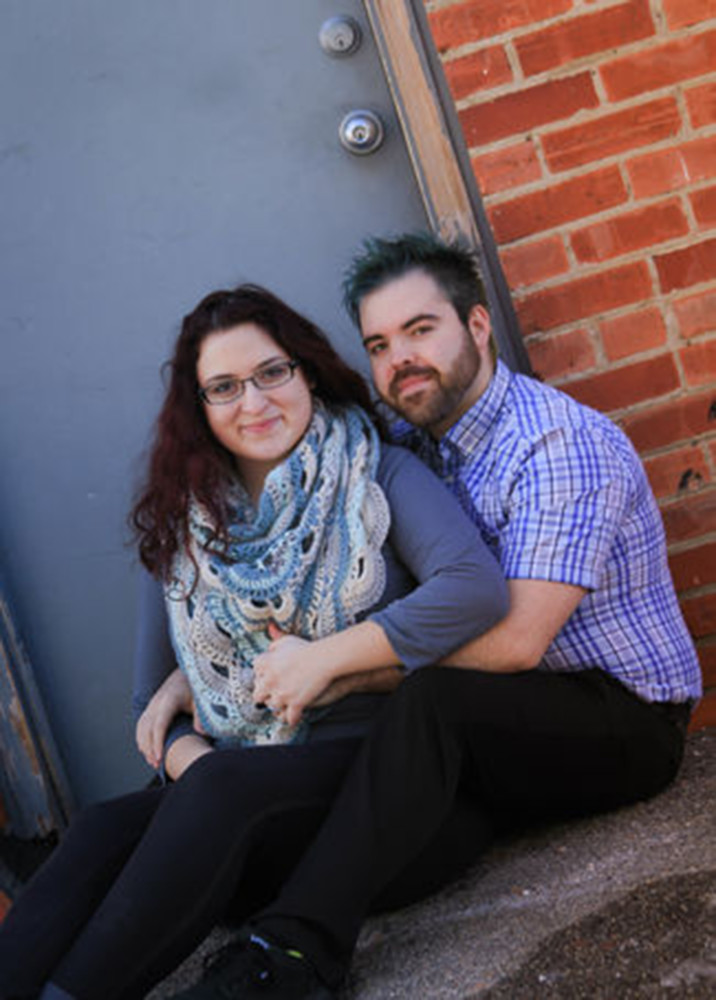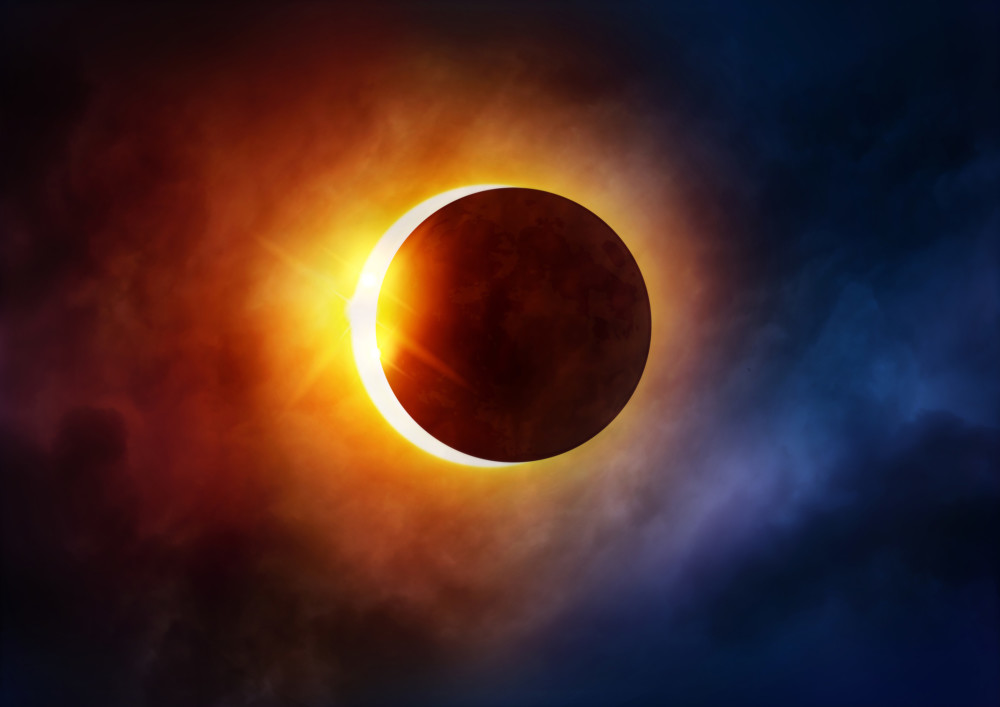By John Keilman
Chicago Tribune
WWR Article Summary (tl;dr) Eclipse glasses block ultraviolet, visible and infrared radiation, and, according to NASA, allow people to gaze at the sun for long durations without harming their vision.
CHICAGO
Not long ago, it seemed to Melissa Larson that solar eclipse glasses were everywhere, at the Walmart, the Best Buy and all over the internet.
Surely she could take her time before she and her husband left for Southern Illinois to catch a prime view of this rare cosmic phenomenon.
But a few weeks later, her confidence vanished. Store after store was sold out, and websites were demanding a pirate’s ransom for the glasses, if they had them at all.
So Larson, of Inverness, Ill., put a notice on Craigslist on Monday offering to buy two pairs for $20. As of late afternoon, she had no takers.
“The only thing I can find online are 10-packs,” she said. “That’s ridiculous. Who needs 10 of them?”
Like fidget spinners or flu shots, solar eclipse glasses have become scarce just as demand has reached a frenzy less than a week from the Aug. 21 event.
The Chicago Public Library announced it would give away 15,000 pairs, only to be greeted with lines Monday that stretched out the door at some branches.
“If they’re not out already, they won’t be around much longer,” spokesman Patrick Molloy said. “We knew it would be popular, but we didn’t know the demand would be that heavy.”
In Naperville School District 203, the high schools sagely ordered their supply more than a year ago, but other schools are still scrambling to track down the gear. Spokeswoman Michelle Fregoso said administrators are planning to livestream video images of the celestial event for children who remain unequipped.
“No one’s going to miss out on the eclipse,” she said. “You may miss out on being outside to view it.”
Eclipse glasses block ultraviolet, visible and infrared radiation, and, according to NASA, allow people to gaze at the sun for long durations without harming their vision.
Taking a peek with the naked eye is a bad idea, said Dr. Felix Chau, an ophthalmologist with the Illinois Eye and Ear Infirmary at the University of Illinois at Chicago.
“With the eclipse, the danger is people are fooled, and since the sky will be much darker and part of the sun will be blocked, they’ll think maybe it’s safe,” he said.
It’s not. Chau cited a condition called solar retinopathy, in which light energy causes a permanent scar on the retina, leading to vision loss. He recommended using a pinhole camera or other indirect means to view the eclipse, concerned that the specialized glasses might not be safe.
“Who made those glasses and how protective are they really?” he said. “If there’s damage to the retina, some people will have to deal with the injury for the rest of their lives.”
But Mike Kentrianakis of the American Astronomical Society said glasses that have the approval of the International Organization for Standardization, or ISO, have proven to be safe and effective.
The problem is that some opportunists are selling counterfeit glasses, ISO logo and all.
He said the best way to be sure that eclipse glasses work properly is to try them on and look at a bright light _ everything other than the light should be barely visible.
“If you can see faint florescent lights in your home or make out any details indoors, or even outdoors (in sunlight), they’re no good,” he said.
Researchers have gauged the toll of eye injuries from previous eclipses and reached varying conclusions. One study found that 1 in 7 people who sustained eye injuries during a 1999 eclipse claimed to have used safety glasses or welder’s masks.
“No additional information about these devices was provided, so it is likely that some or all of them were homemade, not certified as safe, or otherwise deficient,” the society said in a summation of the research. “In any case, all patients in this study recovered their vision after several weeks.”
The demand for glasses has factories churning, one manufacturer, Tennessee-based American Paper Optics, has said it wants to crank out 100 million pairs, and prices spiking.
A five-pack offered last week on Amazon for $19.95 was going for $39.95 Monday. On eBay, one vendor wanted $24.95 for a single pair, and within hours had sold more than 100.
One answer to the price gouging has been to buy in bulk. Rachel Hambleton of Evanston found a 25-pack that, with shipping, worked out to $6.50 a pair. She quickly rounded up other parents on Facebook who were eager to share in the haul, finding the response so great that she placed a second order.
“I’m still getting people asking me (for the glasses),” she said. “I say, ‘You’ll have to check with the other moms. I’ve already ordered 50.'”
The Adler Planetarium has served as a major distributor of eclipse glasses after ordering 200,000 from American Astronomical Society-endorsed manufacturer Rainbow Symphony. It gave the Chicago Public Library part of the supply, and also is selling them in the gift shop for $2.50 a pair.
Other libraries have secured a cache of glasses through grants by a STEM-related organization. The Oak Lawn Public Library has already given out about 200 pairs, but is holding back about 800 for people who show up on eclipse day.
“Even if they come in droves, we’ll have glasses for them,” said Emily Kenny, the library’s youth services associate. “We feel confident in that.”
In the end, supply and demand have a way of working out. By Monday evening, Larson finally got a response to her Craigslist ad: A seller offered her and her husband a five-pack of eclipse glasses for $30.
“Looks like we’ll be the ones with extras,” she said.

















































































































































































































































































































































































